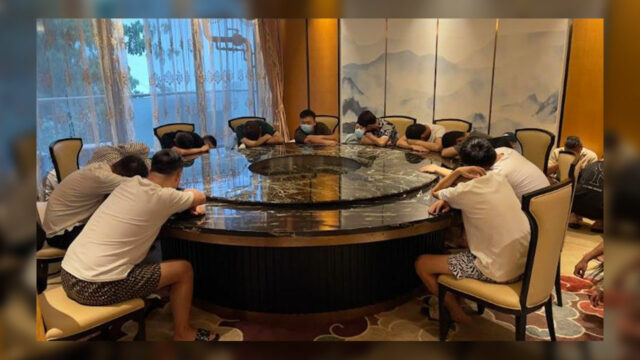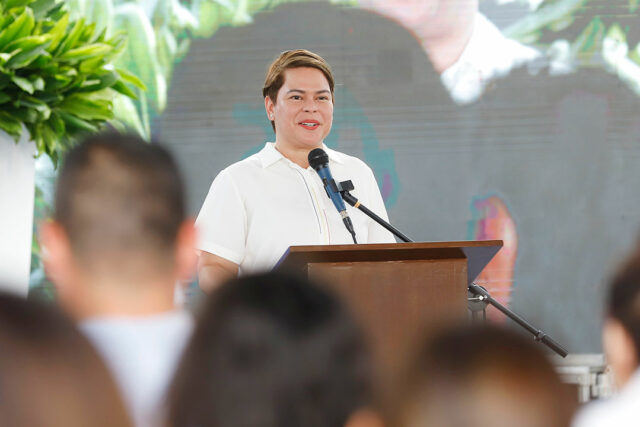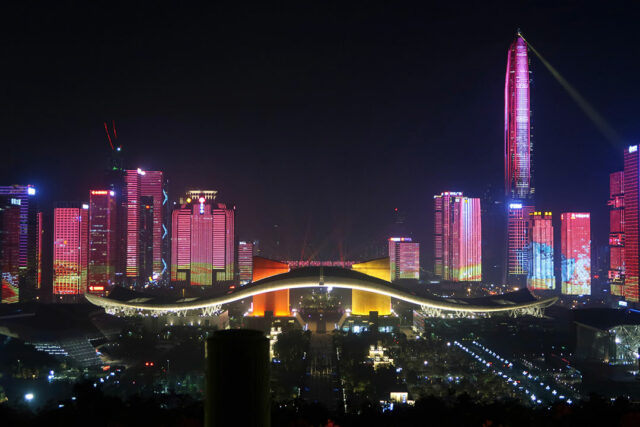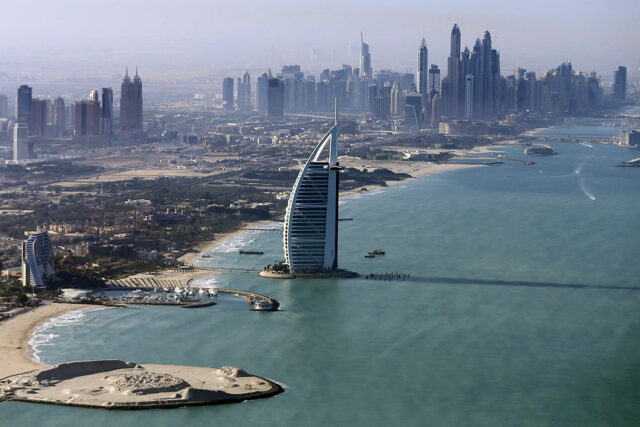By Kenneth Christiane L. Basilio and Chloe Mari A. Hufana, Reporters
THE UNACCOUNTED P73-million spending of the Office of the Vice-President’s (OVP) 2022 confidential and intelligence funds (CIF), flagged by the Commission on Audit (CoA), is not yet sufficient as grounds for impeachment, a constitutional law expert said.
It, however, potentially opens Vice-President (VP) Sara Duterte-Carpio to litigation, according to Michael Henry Ll. Yusingco, a senior research fellow at the Ateneo Policy Center, noting that vice presidents are not immune from legal action.
“[It is] not yet a ground for impeachment,” he told BusinessWorld in a Facebook Messenger chat at the weekend.
In a CoA report made public last week, state auditors said they cannot account for the P73.3 million expenditure of the OVP’s P125-million secret fund in 2022, citing lack of documentation supporting the spending. The OVP reportedly spent the P125 million within 11 days, generating controversy among the public.
Party-list Rep. France L. Castro said last week that the OVP’s utilization of CIF could be grounds for impeachment. Talks of the Vice-President’s impeachment also started to surface after Ms. Duterte-Carpio revealed in her opening statement that there were ongoing efforts to plot her ouster.
Edmund Tayao, president of Political Economic Elemental Researchers and Strategists, said in a separate Viber message that the Constitution provides for many possible grounds for impeachment, and that “the CoA findings, especially when not addressed, is a considerable ground.”
The OVP’s proposed 2025 budget snag at the House of Representatives shows a “complete breakdown of relations between the vice president and the administration,” he added.
The OVP has proposed a P2-billion budget for next year, according to the 2025 National Expenditure Program, 7% lower than the OVP budget in the previous year.
“The increases in the budget of OVP since 2022 is largely due to various programs that duplicate existing programs and projects of other departments,” Zy-za Nadine M. Suzara, a public budget analyst and former executive director of policy think tank Institute for Leadership, Empowerment, and Democracy, said in a Viber message.
The OVP did not immediately reply to an e-mail seeking comment.
LACKS RESPECT
Ms. Duterte-Carpio made headlines last week for not answering intelligently in the same budget hearing, repeating a script that avoided answering the inquiries of congressmen on her over P2-billion 2025 budget.
Federation of Free Workers (FFW) President Jose Sonny G. Matula sounded the alarm over the Vice President’s refusal to defend her office’s 2025 spending plan, which could reflect her lack of respect to the public.
He said failure to prepare for a budget hearing sends a message that may be interpreted as a lack of respect for taxpayers and their hard-earned contributions to the nation’s coffers.
“As a lawyer, the Vice-President should be well aware of the importance of preparation, much like preparing for a court case,” he told BusinessWorld in a Viber message at the weekend.
“A congressional budget hearing is no different… These hearings are not just routine bureaucratic procedures but critical platforms for ensuring that the people’s money is appropriated wisely and transparently,” he added.
Mr. Matula said every peso should be accounted for in public funds, citing that public money should be allocated to projects or activities that serve Filipinos.
He likened Ms. Duterte-Carpio to a “bird parroting lines than a prepared and thoughtful leader, raising concerns about her readiness and dedication to the role.”
In a separate interview, Leonardo A. Lanzona, Jr., an economics professor at the Ateneo de Manila University, said the OVP must answer two questions to the public.
“What are these public goods and how are they going to help society in general? It is up to Congress and the Department of Finance (DoF) to explain to the public how these [will be] financed,” he told BusinessWorld in a Facebook Messenger chat.
“Hence, the OVP has to help Congress in identifying what these public goods [are] and why these are worth funding.”
He added that if public goods do not produce what is expected of them, the DoF will scrap and replace them with more effective programs.
“The issue here is the sustainability of public goods which the government produces. These are not going to be funded by the private sector, and the financing of these goods [has] to come from taxes paid by the public.”












